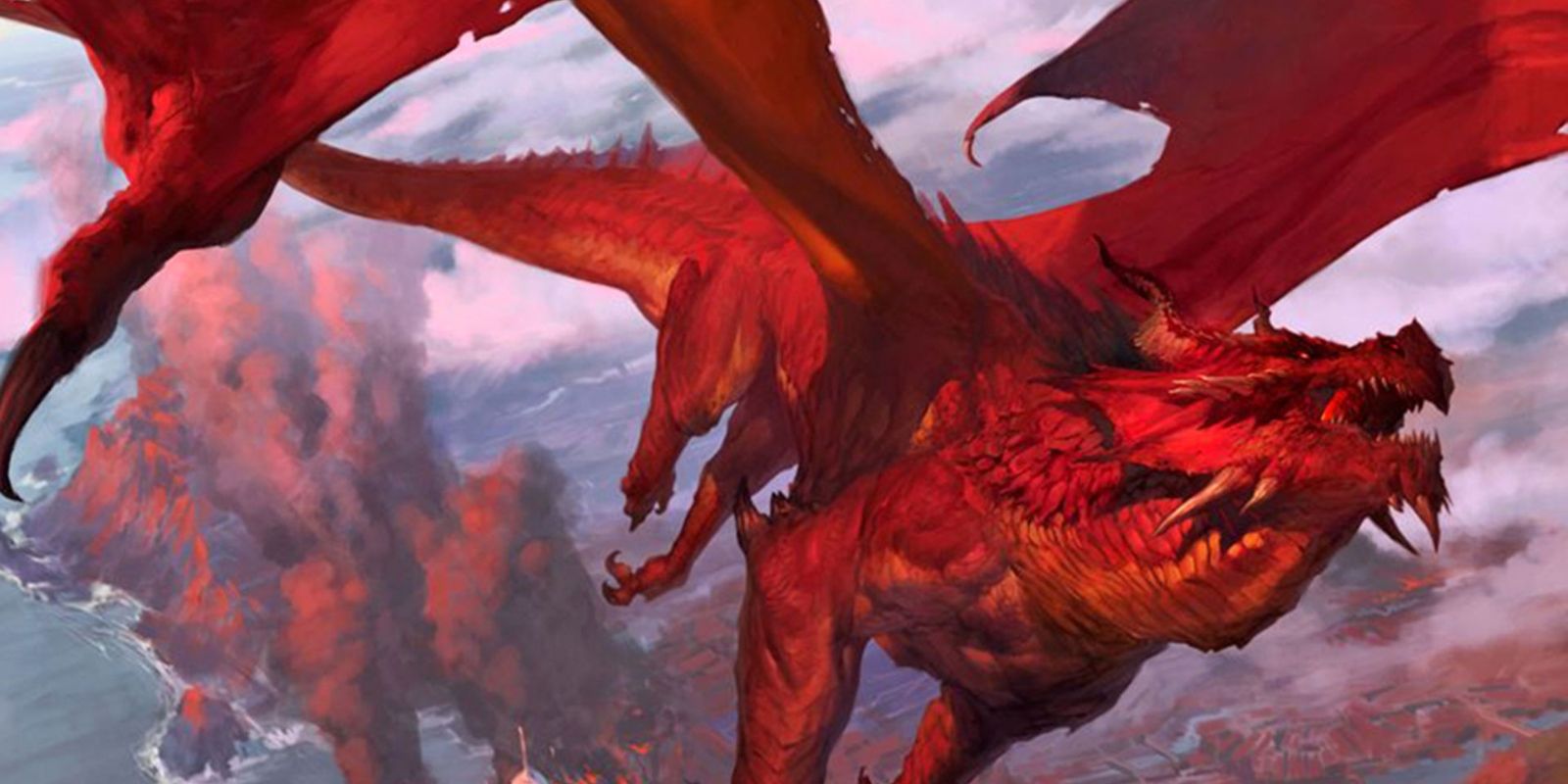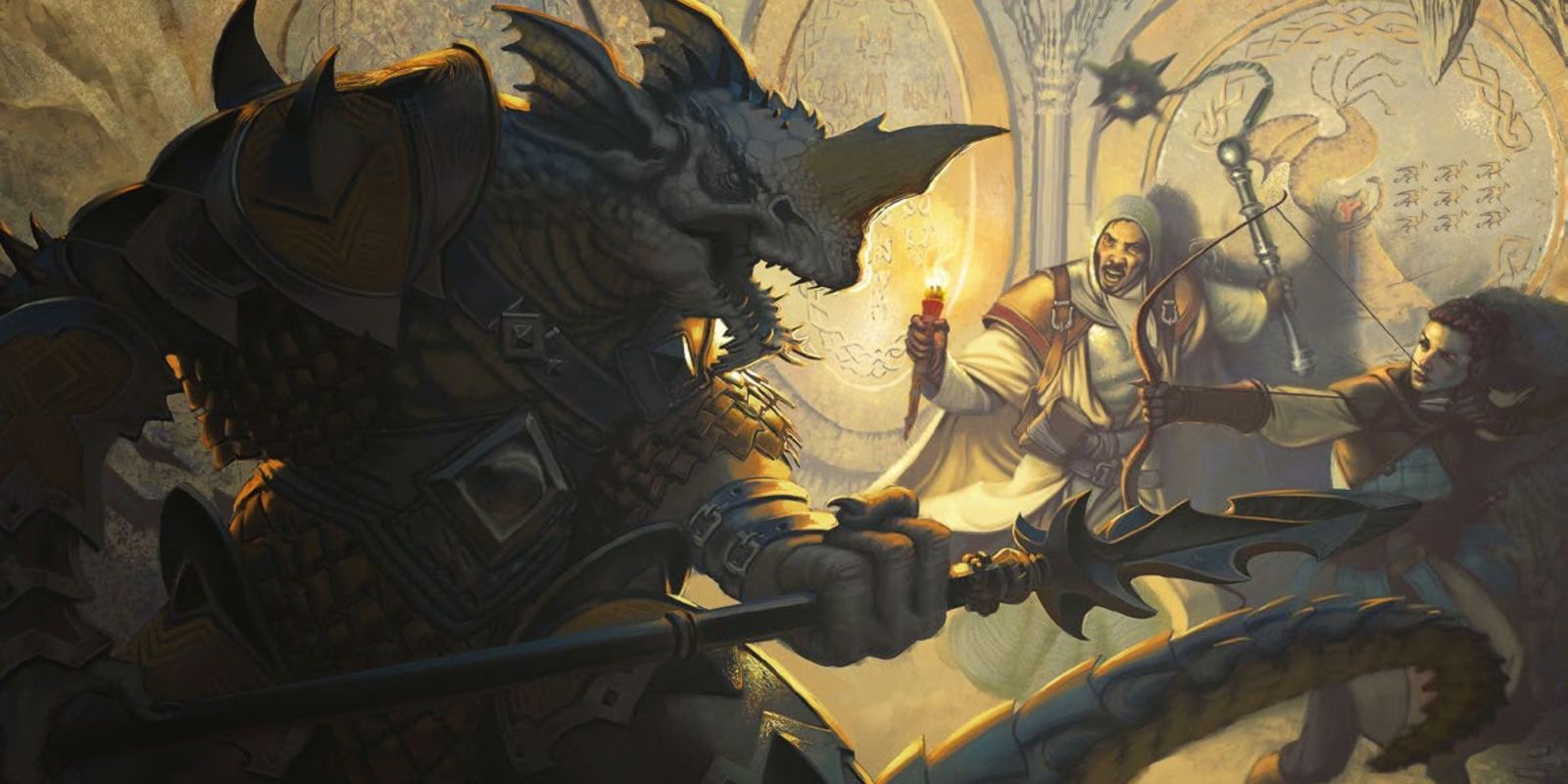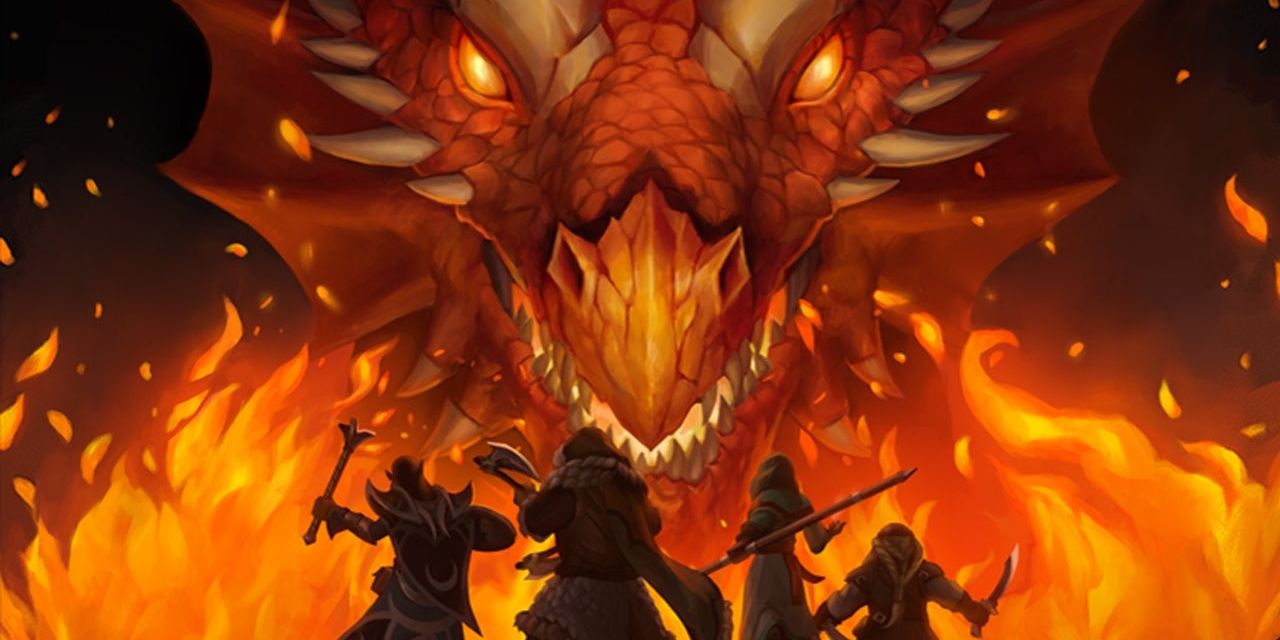Much of the fun of Dungeons & Dragons comes in the freedom to do whatever you want, but that same freedom can be terrifying when Dungeon Masters try to plan out the perfect session for their party. Balancing a game is one of the hardest parts of DMing, and that makes turning to challenge rating calculators tempting.
The problem is that challenge ratings and the calculators that crunch their numbers are far from perfect. Many a DM has accidentally thrown their players into a fight far easier or harder than they wanted all because they put too much trust into what the numbers said. Given the nature of the game, pinning Dungeons & Dragons down to something a CR calculator can work with may prove an impossible task.
The Player's Handbook and Dungeon Master's Guide present CR ratings as a way to roughly gauge the difficulty of monsters and the amount of resources a party would likely consume in the process of defeating them. As with anything in the game, it works fantastically as a rough outline, and obviously the process of comparing two different creatures isn't entirely subjective. An Adult Red Dragon is going to be a greater challenge than a Swarm of Beetles, and it's a helpful way for DMs to quickly familiarize themselves with a creature whether they're preparing a session or quickly need to cook up an encounter.
In that same spirit, many calculators began to crop up online over the years in an attempt to precisely determine the difficulty of an encounter. A user just enters the number of PCs participating in the encounter and their respective levels and compares that to a number of monsters and their CR ratings to get a rough estimate of whether to encounter would be easy, lethal or something in between. Again, there's no issue with using this lightly, but users should always keep in mind just how rough those estimates are and all the incalculable factors that go into an encounter to determine its difficulty.
The number of encounters a party has faced previously, what resources they've expended and the physical terrain the encounter takes place in are all factors that can heavily influence how a fight goes. If the party wizard already used up most of their spell slots or the resident fighter relies entirely on melee he can't utilize properly against ranged opponents, a fight can look easy on paper but turn out quite difficult once players get into the thick of it.
Online calculators try to account for much of this, but the makeup of a party is just too hard to easily quantify. Making characters unique and personalized is one of the best parts of the experience of the game, and to think that every sorcerer will behave as expected or that any barbarian fights the same way is too restrictive of thinking for what D&D can do. Players purposely acting in unconventional ways can be what makes encounters fun, and imagining a skinny-boned elven archer throw down her bow to fight a minotaur bare-handed could be the most memorable fight a party has.
In attempts to quantify the difficulty of encounters, players sit on one side of the equation; an influence that is possibly greater is the DM on the other side. Not only responsible for crafting much of the encounter from the outset but for deciding how the monsters therein behave, it's truly the DM that makes an encounter a breeze or a brush with death. An inventive map with bladed pendulums could turn a rote goblin brawl into a fun and bloody puzzle, and even creatures with low CR ratings can be quite deadly if handled properly.
A perfect example of a threat that is low level on paper but deadly in practice is the Quickling, tiny fey creatures that often stalk wooded areas. Quicklings only have a CR rating of one, likely a result of their low Armor Class and Hit Points, but they have a speed of 120 feet and a Blurred Movement ability that gives all attacks against them disadvantage. If they don't utilize their speed at all, a party can easily pick them off one hit at a time. However, the ability to dart in and out of range far faster than any PC can move makes it possible for a band of quicklings to dole out severe damage before a party can think of a creative solution.
Inventiveness and imagination are what crafts the difficulty of an encounter, and DMs need to keep that in mind. It's easy to lose the forest for the trees when it comes to the numbers behind Dungeons & Dragons' mechanics, but at the end of the day, the focus should be on making encounters enjoyable. As much as it'd be convenient, there's just no calculating fun.



